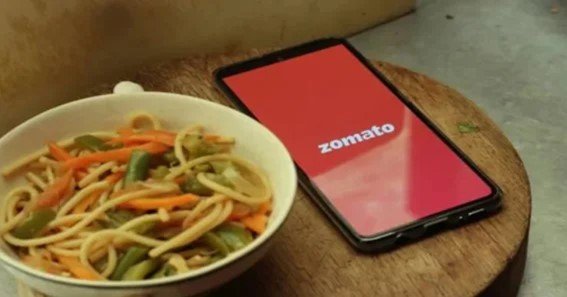Zomato has been a prominent player in India’s food delivery market, but questions about the sustainability of its business model, particularly its unit economics, remain critical for its long-term success. Unit economics refers to the direct revenues and costs associated with a particular business model, typically on a per-unit basis. For Zomato, this means analyzing the profitability of each order delivered.
The Core Components of Zomato’s Unit Economics
Revenue Per Order
Zomato generates revenue from various sources, including commissions from restaurants, delivery fees, and platform fees charged to consumers. Recently, Zomato introduced a platform fee, which has been incrementally increased to ₹6 per order in certain cities. This fee, while seemingly small, significantly boosts overall revenue due to the sheer volume of orders Zomato processes daily.
Cost Structure
The primary costs for Zomato include delivery costs, marketing expenses, and discounts offered to customers. Delivery costs have risen due to factors like higher fuel prices and the need for a larger delivery fleet. However, Zomato has been working on optimizing these costs by integrating its food delivery operations with its quick commerce business, Blinkit, which allows for more efficient use of its delivery fleet.
Impact of Blinkit on Unit Economics
Zomato’s acquisition of Blinkit has been a strategic move to diversify its revenue streams and improve its unit economics. Blinkit, though initially a high-cost operation, is expected to provide synergies with Zomato’s existing delivery network. This integration could reduce the cost per delivery by increasing the density of orders and better utilizing the delivery fleet. Despite the high initial investment, Blinkit is poised to become a significant contributor to Zomato’s profitability in the long run.
Profit Margins and Sustainability
Zomato has recently reported profitability, but maintaining this will depend on its ability to manage costs while continuing to grow. The company’s strategy of increasing platform fees and optimizing delivery operations is aimed at improving its profit margins. However, the sustainability of this model will be tested by competition, rising operational costs, and the need to keep customers engaged without excessive discounts.
FAQ
1. What is Zomato’s platform fee, and how does it impact unit economics?
Zomato’s platform fee is a small charge added to each order, which directly contributes to improving its profit margins by increasing revenue per order.
2. How does Blinkit affect Zomato’s unit economics?
Blinkit helps Zomato optimize its delivery costs by sharing resources between food delivery and quick commerce, potentially lowering the cost per order.
3. Are Zomato’s current profit margins sustainable?
While Zomato has achieved profitability, sustaining it will require continued cost management and growth in both its core food delivery and quick commerce segments.
4. What are the main cost drivers for Zomato?
The main cost drivers for Zomato include delivery costs, marketing expenses, and the cost of offering discounts to attract and retain customers.
5. How does competition affect Zomato’s unit economics?
Competition from players like Swiggy puts pressure on Zomato to manage costs effectively while maintaining or growing its market share, which is crucial for sustaining profitability.
Disclaimer: This article is for informational purposes only and should not be taken as financial advice. Always consult a financial advisor for investment decisions.










